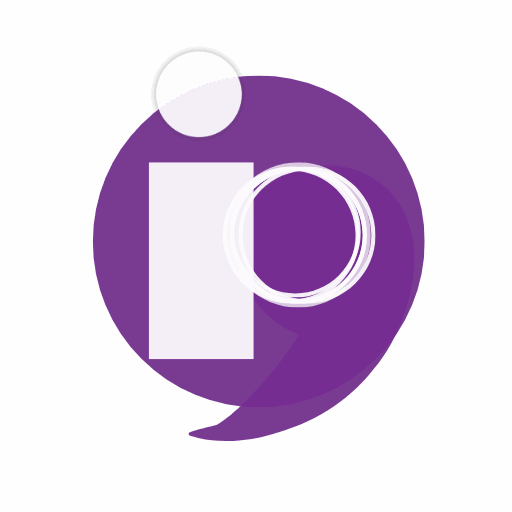In the era of internet and social media, people have made the habit of instant gratification or dopamine hike (feeling of pleasure) through doom scrolling on social media. That is why, the attention span of the people has decreased drastically, which makes the learning more difficult now-these-days.
Gamification means using the game design elements and mechanics in non-game activities, where play is used to motivate us to learn and it makes learning as addictive as social media.
For example there is website or app which provide maths problems to solve, to add gamification elements, instead of providing simple PDFs, they can provide questions in quiz, puzzle, flashcard, etc, format and gives points, score or rank for each correct answer and a leaderboard, or badge after completing some tasks, which give students a sense of accomplishment and its feel like a video game, will encourage them to do more.
In this article we will discuss some gamification tools that you can use to make learning interesting.
Gamification Tools
1. Read Along
Read Along is designed by Google to help children or students learn to read, and it also assists in learning a new language. It asks students to read aloud what is on the screen and, with the help of AI, gives them real-time feedback. It also provides meanings in the selected language pair, which eventually improves their reading skills. Tools such as Read Along not only boost reading comprehension but also lay the foundation for strong writing skills, such as constructing sentences and organizing thoughts, essential for poetry, script writing, essay writing, and other creative art forms.
You can access Google’s Read Along from its website readalong.google.com in your browser, or install the Read Along app on your mobile device from the Google Play Store or Apple App Store.
2. Kahoot
Kahoot is a popular game-based learning platform used by millions of people around the world—teachers, students, company employees, and more. It allows users to create fun learning games and quizzes with just a few clicks and share them with others. You can also play and participate in existing games and quizzes. These interactive quizzes are not just for testing memory—they can spark curiosity and discussions, which are helpful when brainstorming or planning essays.
You can access Kahoot from its official website kahoot.com or download the app on your mobile phone.
3. Minecraft: Education Edition
Minecraft is one of the most popular games in the world. Its education edition is used by millions of teachers and students. It supports collaboration and teamwork among students under the guidance of teachers, and allows them to form groups or pairs within the game. Teachers can create engaging and powerful learning projects—such as combining elements to create compounds or exploring world maps. These kinds of immersive experiences often serve as strong bases for reflective or explanatory writing in essays.
This edition is free for all students and teachers, but you need a valid school ID. It is compatible with all major devices (Windows, macOS, Android, iOS).
To download it, search “Minecraft Education Edition download” in your browser and open the first result. You can also find it in the App Store or Play Store by searching “Minecraft Education Edition.”
4. Socrative
Socrative is a quiz-based assessment platform designed to enhance digital communication between students and teachers. With Socrative, teachers can create multiple-choice and true/false questions, and students’ responses are captured in real-time and displayed on the teacher’s screen. Socrative also has a collaboration feature called “Space Race,” where students are divided into teams that compete to answer questions correctly. These instant feedback tools sharpen analytical thinking—an essential skill when structuring arguments and supporting evidence in essay writing.
You can access Socrative through its official website socrative.com, and on mobile devices by downloading “Socrative Student” or “Socrative Teacher” from the App Store or Play Store.
5. CodeCombat
CodeCombat is a game-based code learning platform designed to learn beginner-level coding. It offers a fantasy role-playing video game with up to 400 levels. Students can also make their characters by inputting codes for learning Python, JavaScript, and C++ programming languages. With the help of coding, you can control your game hero, and the game story & levels progress with learning programming concepts.
6. Brainscape
Brainscape offers active recall learning through flashcards. Its library includes millions of flashcards across a wide range of topics, created by professional educators. You can also create your own custom flashcards. These flashcards are excellent for memorizing facts and definitions that students can later incorporate into their essays as supporting details.
You can use Brainscape through its official website brainscape.com or via the mobile app.
7. Quizlet
With Quizlet, you can create flashcards and multiple-choice quizzes. It is available in multiple languages and is widely used by students for exam preparation. Quizlet is also a great tool to organize information and gather supporting material—skills that directly enhance essay writing and research.
You can access Quizlet from its official website quizlet.com or download the Quizlet app from the Play Store or App Store.
Conclusion
In this article, we discussed 7 gamification tools that help make learning fun and increase student engagement. These tools not only make education more interactive but also indirectly support important academic skills like reading comprehension, critical thinking, and essay writing. Gamification tools are the future of focused learning. If you know of an interesting tool that you use, let us know in the comments—we’d love to add it for fellow readers.
Thank you.


